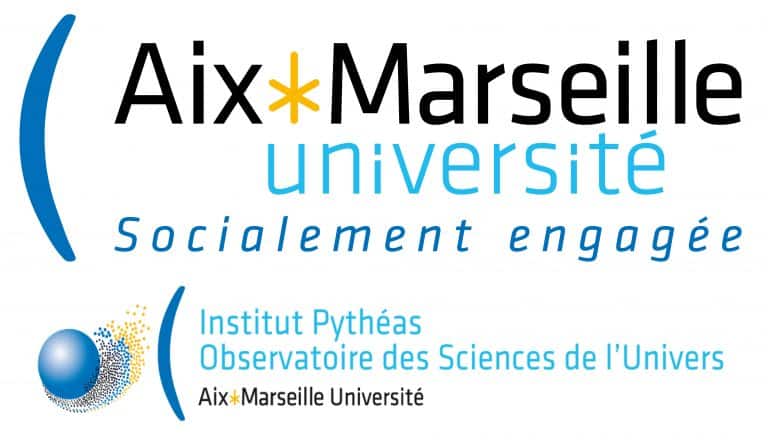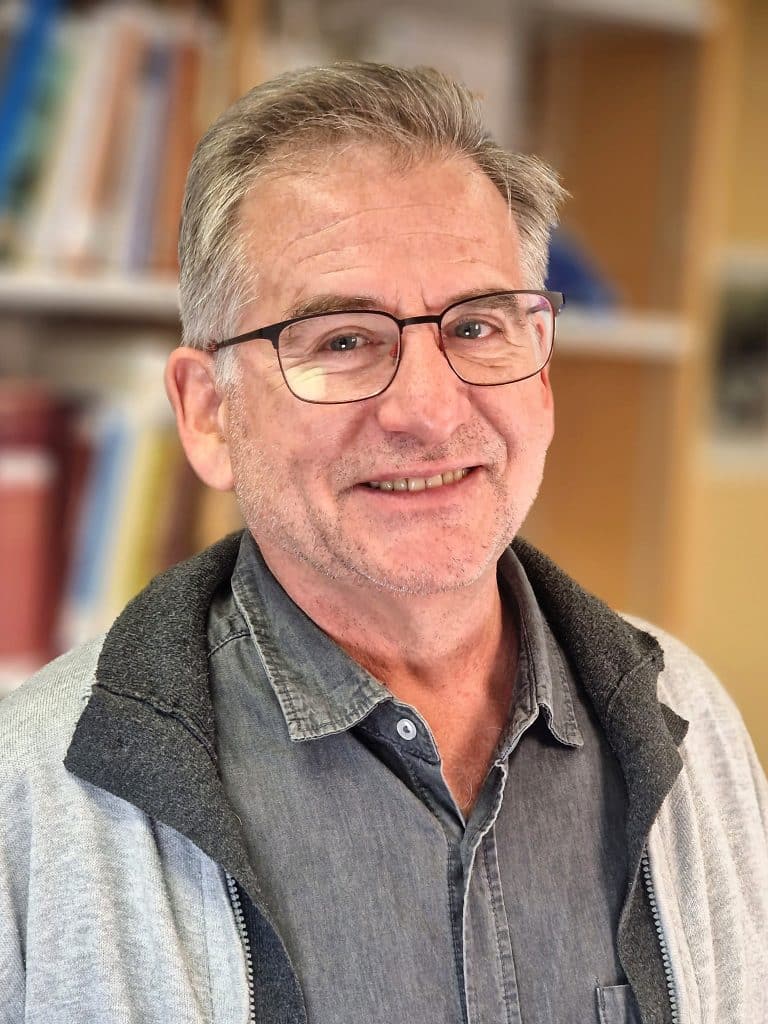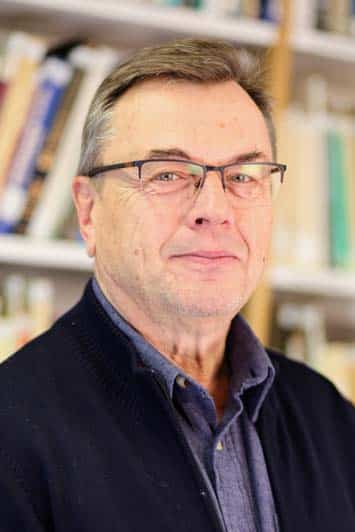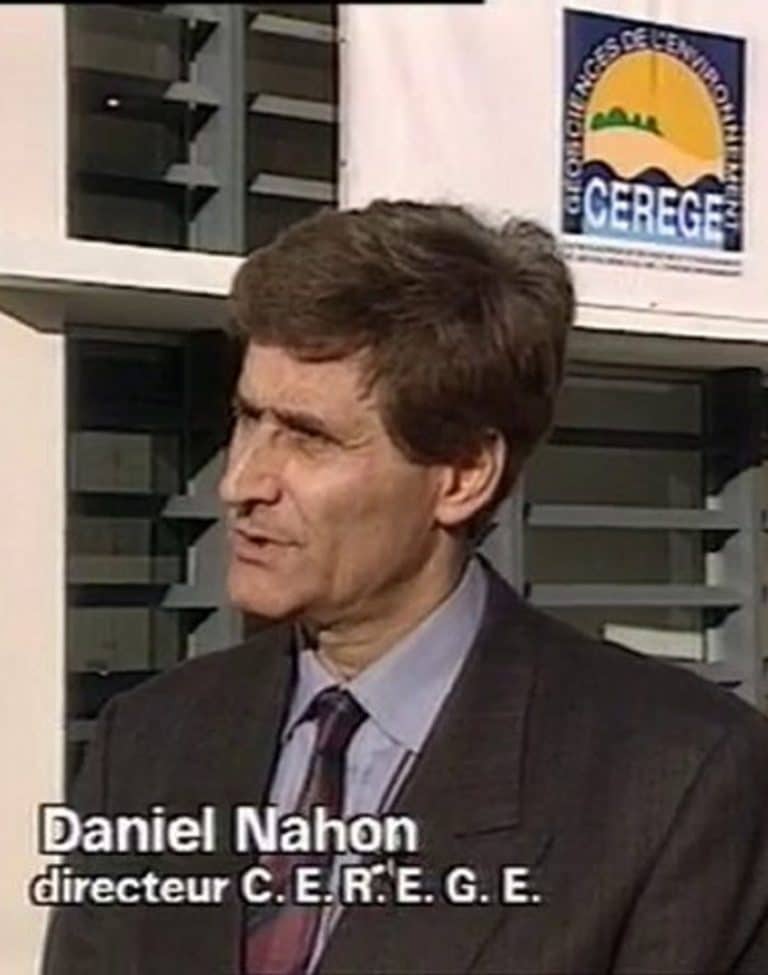CEREGE timeline
The history of CEREGE
-

2022
Work begins on the CIRENE hall
The Centre for Innovation and Research in Environment and Eco-Technologies (CIRENE) at currently under construction. Scheduled for delivery in September 2023 -

2021
Beltram creation
A few dozen metres from the CEREGE and the hundred or so startups in the Arbois-Méditerranée Environmental Technopole, the BELTRAM teaching building of theOSU Pythéas is now home to the first CISAM + antenna.
-

2018
MISO
Digital and optical tools for the physical separation of microscopic organisms.
Read more -

2015
Seminar for Françoise Gasse
Pioneer of continental palaeoclimatology, palaeobiologist, diatom specialist and palaeoclimatologist, Françoise GASSE was a researcher at CEREGE for 10 years.
-

2014
Aix Micadas
Particle accelerator dedicated to measuring carbon-14
Read more -

Since 2012
Creation of ECORD
Infrastructure directed by Gilbert Camoin, distributed in 14 European countries (France, Germany, United Kingdom, Norway, Sweden, Netherlands, Italy, Spain, Switzerland, Portugal, Ireland, Austria, Denmark, Finland) and Canada. ECORD is taking part in the IODP programme (International Ocean Discovery Programme - 2013-2024), exploring ocean archives on different time scales.

-

2012 - 2013
Created by AMU & OSU PYTHEAS
The University of Aix-Marseille or Aix-Marseille University is a French multidisciplinary university created on 1 January 2012 by the merger of the three previously existing universities of Aix-Marseille, the Université de Provence, the Université de la Méditerranée and the Université Paul-Cézanne.
The Institute Pytheas was created in 2012 as Observatory of the Sciences of the Universe (OSU) belonging to the new University of Aix-Marseille (AMU). -

2007
Installation of ASTER
The LN2C-ASTER National Instrument is part of the Laboratoire National des Nucléides Cosmogéniques (LN2C). The structure is dedicated to the use of cosmogenic nuclides in Earth Sciences, including sample preparation and cosmogenic isotope measurements.
-
2007
IODP310 mission to Tahiti: Evidence of rising sea levels
Coring and dating of corals from the last deglaciation to study the rise in sea level (Gilbert Camoin, Project Manager).
Read more -

2006
LUCY conference, 30 years on
Thirty years after the discovery of the "Lucy" site in Ethiopia, Maurice Taieb, Yves Coppens and Donald Johanson review the current state of knowledge of hominids in East Africa, including the contribution of new investigative techniques.
-

2005
Collège de France, CEREGE supervisory body
Inauguration of the "Trocadéro" pavilion.
-

2005
Acquisition of an analytical X-ray microscope (micro-XRF)
Chemical micro-analysis and elemental mapping with micrometric resolution. -

2004
Master SET and its 9 specialities
The Master Sciences de l'Environnement Terrestre (SET) created by D. Bourles. -

2001
Beginning of Planetology
The first Martian meteorites measured at Le Chalet.
-

2001
First stable isotope spectrometers
The first studies of oxygen and carbon isotopes in foraminifera and hydrogen and oxygen isotopes in water. Installation of a line for silicate measurements.
-
1997
SYRACO
Digital and optical tools for automated recognition of microscopic organisms.
-

1995
The CEREGE was born
The URA-132, URA-1277, UPR-1201, JE-192 and UM-GECO merged to create the CEREGE, now located in the Arbois technology park, on the site of a former sanatorium.
The Chalet & Magnetometer. -

1993 - 1994
Originally...
URA-132, URA-1277, UPR-1201, JE-192, UM-GECO make up the Federation of CEREGE units headed by Daniel Nahon.
The 1st mass spectrometer VG-54 moved to St Jérôme, where it is now practising Organic geochemistry GC-MS at Luminy.
Creation of the Postgraduate degree (DEA) in Environmental Geosciences.
CEREGE's directions
-

From 1 January 2024
Lucilla Benedetti
-

2017 - 2023
Olivier Bellier
-

2010 - 2017
Nicolas Thouveny
-

2008 -2009
Jean-Yves Bottero
-

1999 - 2007
Bruno Hamelin
-

1997 - 1998
Pierre Choukroune
-

1995 - 1997
Daniel Nahon

